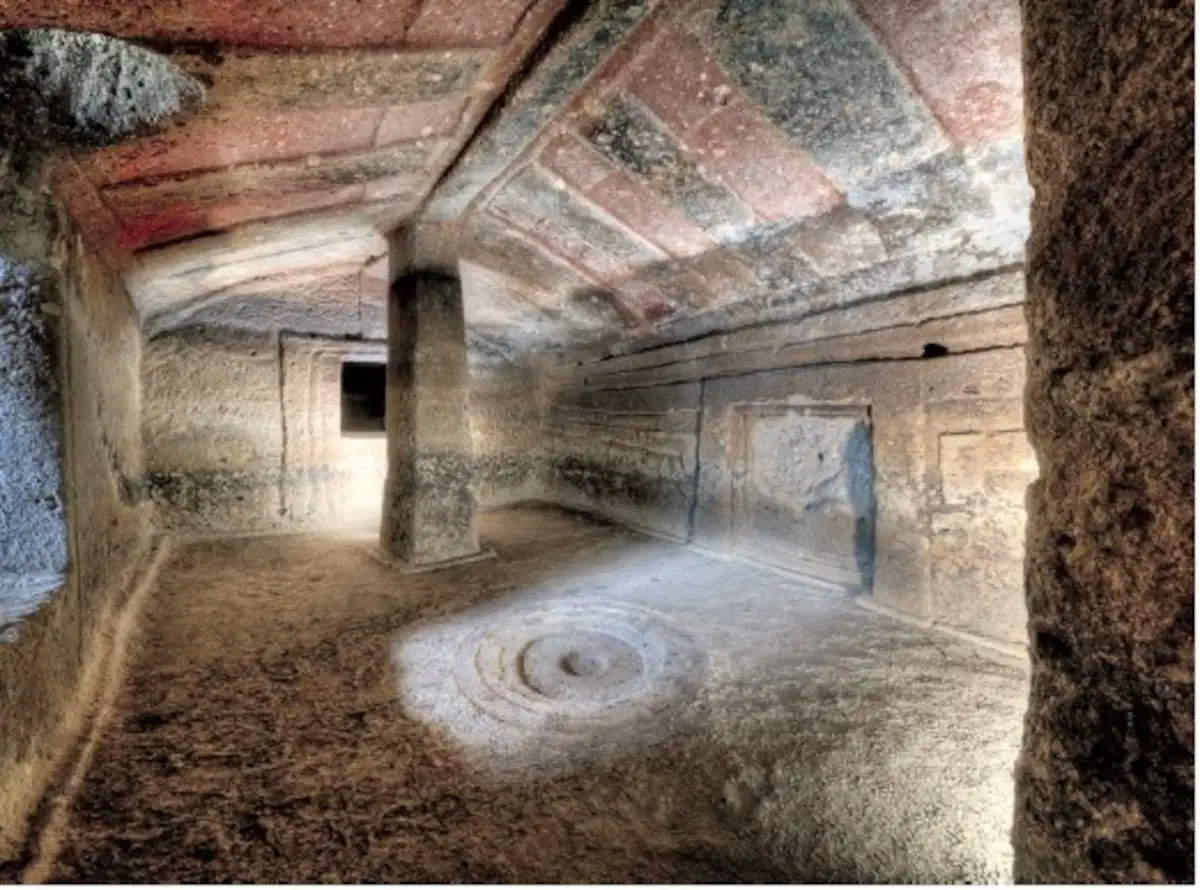The domus de janas have officially entered the UNESCO World Heritage List: they are the 61st Italian site to be inscribed on the World Heritage List.
In fact, during the 47th session of the World Heritage Committee, held in Paris, the inscription of the site “Funerary Traditions in the Prehistory of Sardinia: the domus de janas” was approved. This recognition attests to the Exceptional Universal Value of these ancient rock-cut burials, also known as “fairy houses,” which offer valuable evidence of the funerary practices, religious beliefs and social evolution of Sardinian Neolithic communities. With their articulated plan systems and symbolic decorations, they constitute the most extensive expression of underground funerary architecture in the western Mediterranean.
The serial site is composed of a collection located in different areas of Sardinia, particularly in the central-northern sector of the island, where these tombs are often found united in necropolis associated with settlements, villages and places of worship. The origins of these tombs date back to the Middle Neolithic I (5th millennium BC). More recent research has confirmed their use and continuous excavation during later periods until the birth of the Nuragic civilization, including cases of reuse and transformation of pre-existing tombs.
Promoted by the CeSIM Sardinia Association and the Network of Municipalities of the domus de janas, with the Municipality of Alghero as the lead, the candidacy is based on Criterion III of the 1972 UNESCO Convention. This criterion recognizes the exceptional value of these vestiges of a vanished cultural tradition, linked to the cult of the dead and the vision of the afterlife developed by the island’s prehistoric peoples between the fifth and third millennia BC. The underground tombs reveal, through the variety of architectural forms, the richness of the decorations and the evolution of their structure, unique aspects that tell of the social organization, rituals and spirituality of the oldest Sardinian communities, while showing continuity and transformations up to the beginning of the Bronze Age.
The candidacy process, coordinated by the UNESCO Office of the Ministry of Culture, involved numerous territorial actors, including the municipalities involved and the relevant regional offices, such as the Regional Secretariat, the Superintendencies of Cagliari and Sassari, and the Regional Museums Directorate. The Region of Sardinia also contributed economically.
This important recognition was possible thanks to the coordinated action between the Ministry of Culture, the Ministry of Foreign Affairs and International Cooperation and the Permanent Representation of Italy to UNESCO.
Pictured: Tomb I or of “S’Incantu” - Necropolis of Monte Siseri - Putifigari (SS)
 |
| Sardinia's domus de janas are officially a UNESCO World Heritage Site: they are the 61st Italian site |
Warning: the translation into English of the original Italian article was created using automatic tools. We undertake to review all articles, but we do not guarantee the total absence of inaccuracies in the translation due to the program. You can find the original by clicking on the ITA button. If you find any mistake,please contact us.